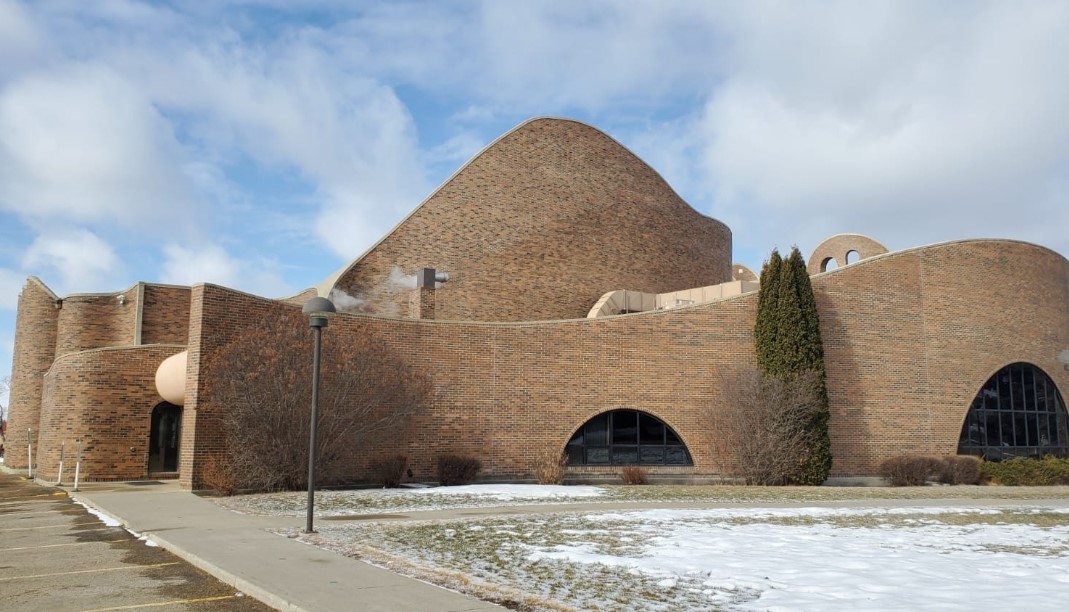ACO NextGen is a group within ACO (Architectural Conservancy Ontario) dedicated to students and emerging professionals who share an interest in historic architecture and conservation. This term, students in FAH473H1-S Studies in Canadian Architecture and Landscapes: Hidden Canada paired with ACO NextGen to produce articles for their blog.
Articles will be republished here after they appear on the ACO NextGen blog. Please visit the blog to read the original articles as soon as they are released.
The built environment of Canada is incredibly rich and varied. It is not, however, very well studied or well documented, especially if we consider global architectures at large. On one hand, this poses certain challenges for students, but on the other hand, it provides tremendous opportunities for new work and new research. There are so many stories just waiting to be told. What treasures might be hiding in plain sight?
The articles in this series seek to unveil some of Canada’s architectural riches and emerged from a class project at the University of Toronto. In this fourth-year undergraduate seminar, Studies in Canadian architecture and landscapes: Hidden Canada (in the Department of Art History), students were asked to either focus on little-studied aspects of the built environment in Canada, or to approach well-known places from a fresh perspective.

In the process, students were able to connect to their immediate environment and the place where they have lived and worked for the past few years while students at U of T… and perhaps even longer for those who grew up on this land. Furthering this sense of community-building, as a class, we paired with the ACO NextGen to produce this work for a public audience. The students are now eager to share these stories and their newfound interests with you.
Coming from different academic backgrounds and disciplines, and located in different geographic regions (given the realities of the pandemic), each of the students selected their topics individually, based on their own interests. Even still, a few distinct themes emerged across the texts. In fact, the articles can be divided into three broad categories: a reexamination of housing solutions (Rylee Lachance Linklater and Jessica Fisher), places of worship (Bailey Storey, Miyopin Cheechoo, and Jiawen Wang), and contemporary Indigenous architectures (Ana Markovic, Christine Sutcliffe, and Mehek Rahman).

Even in these brief articles, these emerging authors have succeeded in demonstrating the breadth and complex nature of the architecture of Canada. The result is that they have challenged longstanding notions of a singular, collective definition of “Canadian architecture” in their nuanced and personalized approaches. Overall, they help us to rethink architectural history and heritage in Canada at large, one site at a time.
There is so much work yet to be done in this field, and it is encouraging to work with enthusiastic young scholars experiencing its potential for the first time. As a group, we hope to draw more interest to this area through these articles and beyond. Given that travel restrictions may well be in place for some time yet, we hope that you take up our call to explore your immediate surroundings and to see them with fresh eyes.
Happy reading!
Jessica Mace is the current Postdoctoral Fellow in Canadian Architecture and Landscapes in the Department of Art History at the University of Toronto. She was the instructor of Studies in Canadian architecture and landscapes: Hidden Canada and was integral to the conception of this collaboration.
This article was originally published by ACO NextGen on May 11, 2021; reprinted with permission.


